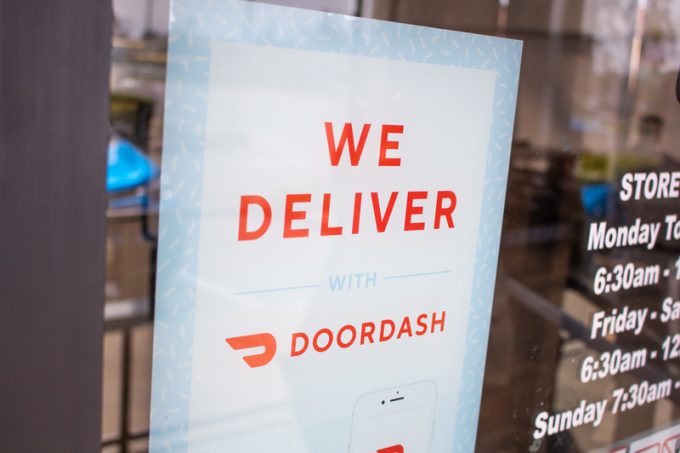Serious threat to jobs in US logistics as tariffs cause economic 'stagflation'
Employment in the US logistics sector changed course to cuts last month, and predictions envisage ...

Amazon has blinked again this month: since last summer, the seemingly unstoppable e-commerce behemoth has taken more and more steps to rein in costs.
These moves include shuttering warehouses or postponing their development, to offering space in them to third-party sellers and lift on its freighter ...

Comment on this article